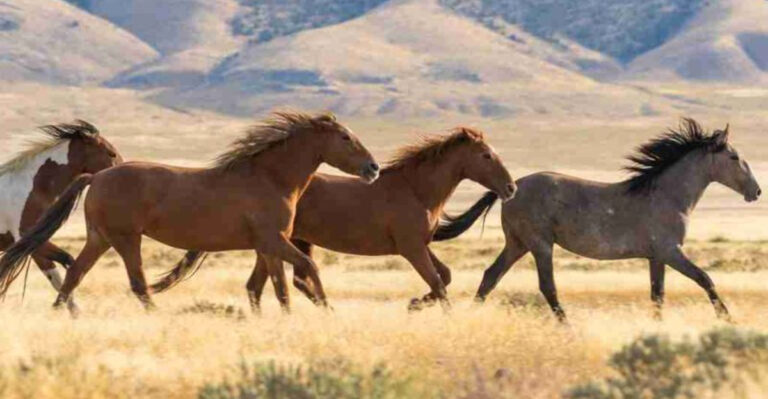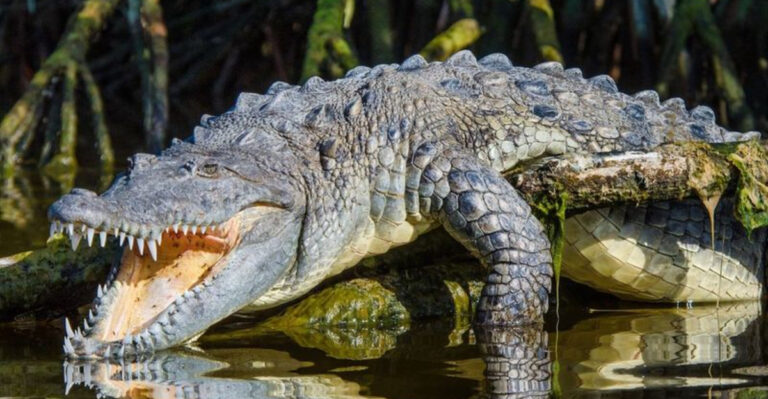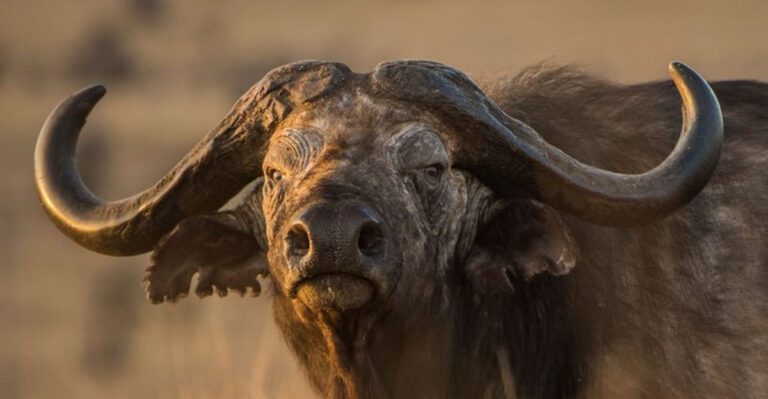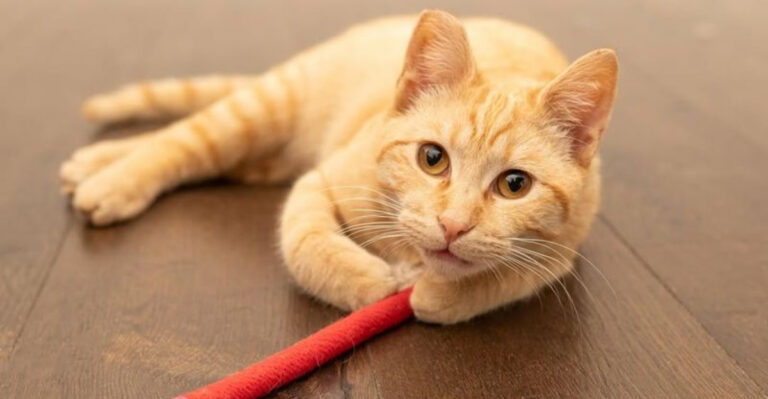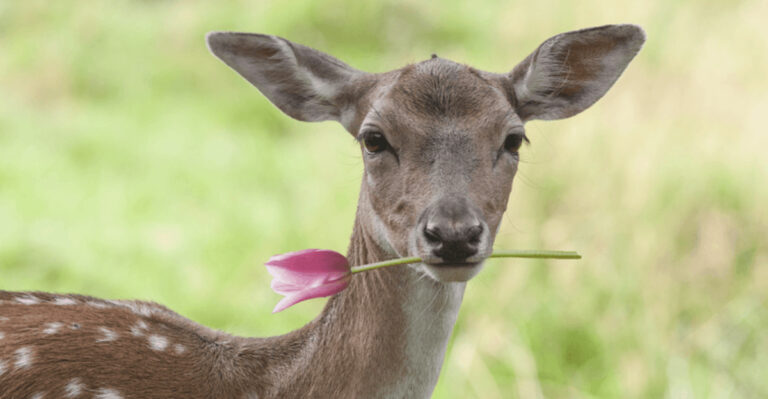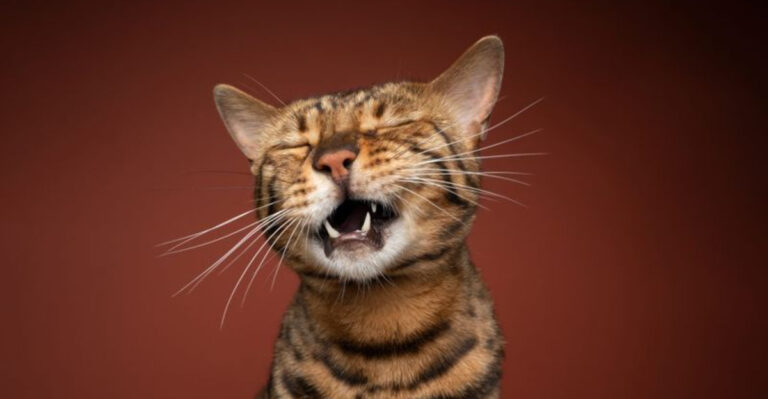The Evolution Of House Cats: How They Became Domesticated
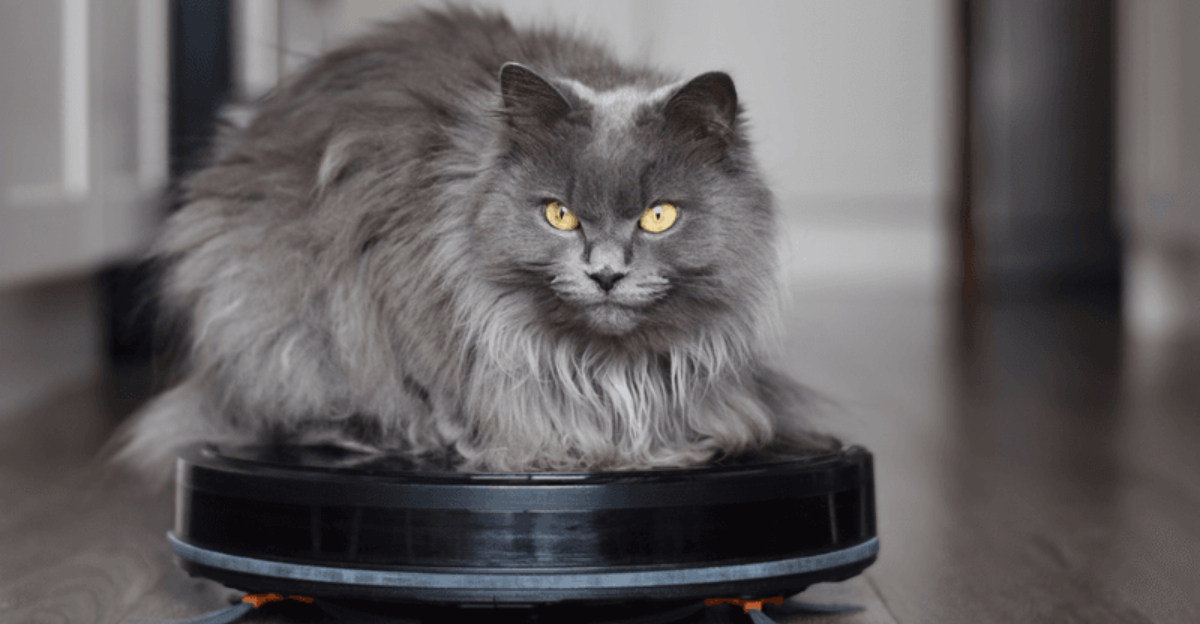
Imagine a world where the most fearsome predator in your home was once a wild hunter. The journey of the house cat from fierce wildcat to purring lap companion is as fascinating as it is enchanting.
This article will explore 15 unique facts about how cats became one of our closest animal friends.
1. The Dawn Of Feline Domestication
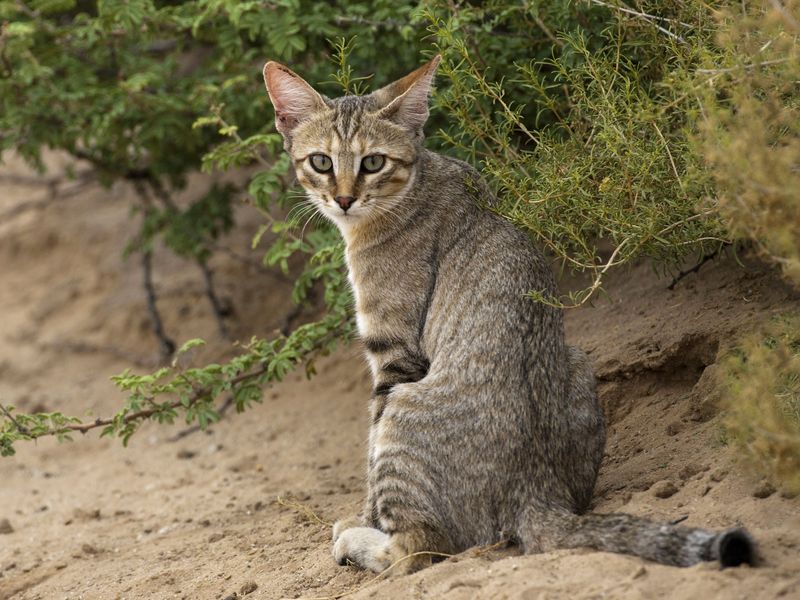
Long before they curled up on our couches, cats were fierce hunters. Around 7,000 years ago, in the Middle East, humans began farming, and cats followed the grain. They kept mice away, forming a mutually beneficial relationship. Today, these wildcats are the ancestors of our fluffy friends.
2. The Egyptian Cat Worship
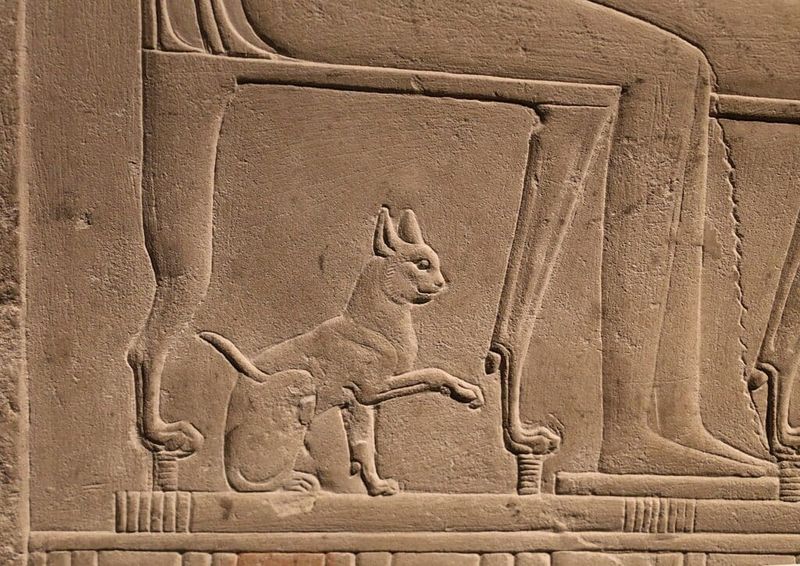
In ancient Egypt, cats were more than pets; they were deities. Egyptians admired their hunting skills and believed cats had protective qualities. Statues and mummies found in tombs attest to their sacred status. This adoration helped spread their domestication as cats traveled with merchants.
3. Cats On the High Seas
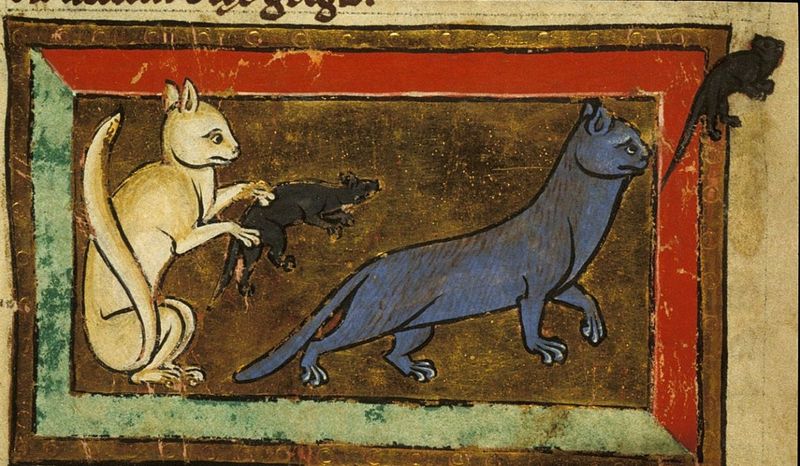
During the Middle Ages, cats became sailors’ best companions. Ships were infested with rats, and felines were experts at keeping them in check. Their seafaring adventures contributed to their spread across continents, ensuring their place in human history.
4. Cats In The Renaissance
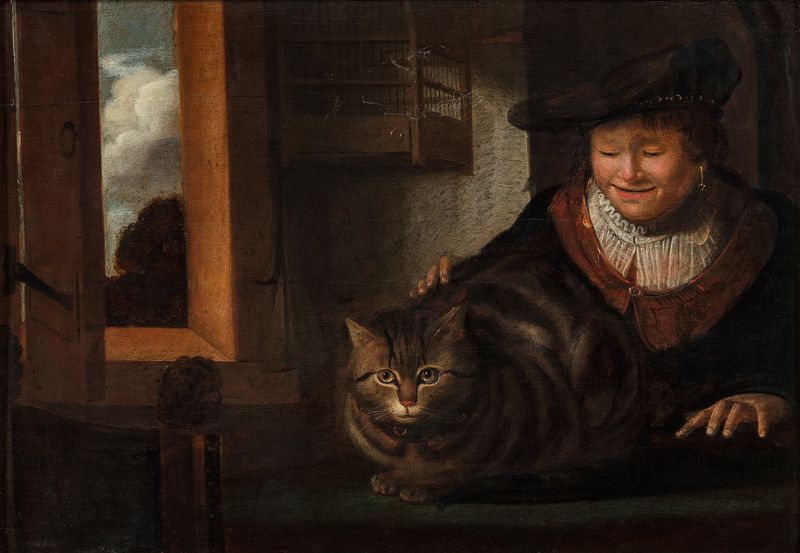
The Renaissance era saw a cultural rebirth, where cats were embraced in art and literature. They adorned paintings and roamed libraries, symbolizing mystery and wisdom. Their presence in intellectual circles further cemented their role as cherished companions in society.
5. Superstitions And Folklore
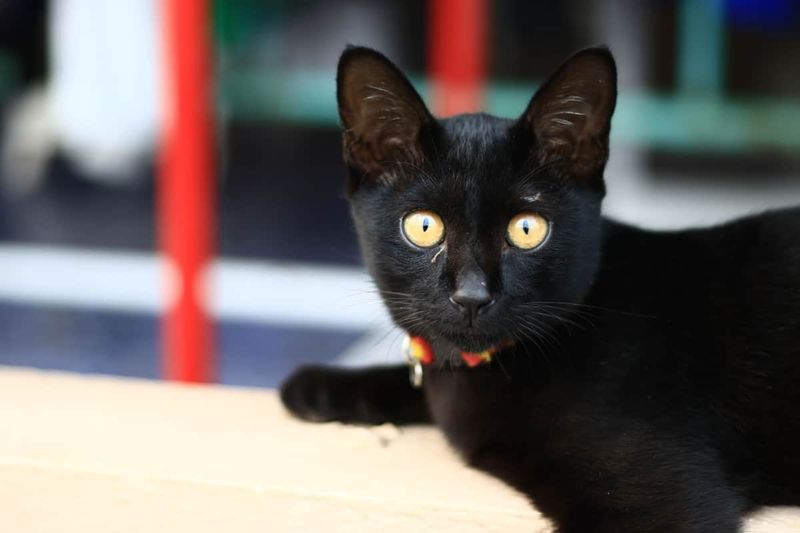
Not all tales of cats were favorable. In Europe, black cats were often linked to witchcraft and bad luck. Despite these misconceptions, their independent nature and charm eventually won over many hearts, leading to a transformation in how they were perceived culturally.
6. Cats And The Industrial Revolution
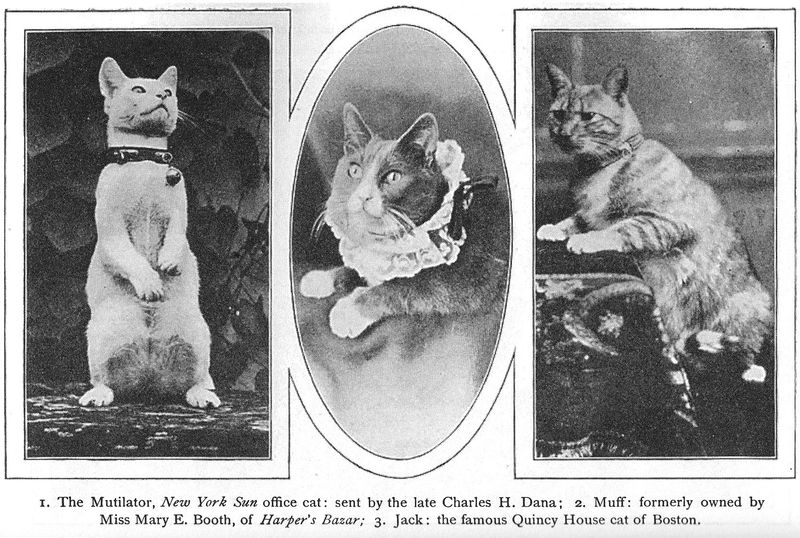
As cities expanded during the Industrial Revolution, so did the feline population. Cats adapted quickly to urban life, keeping rodents at bay and becoming companions to workers. This adaptability showcased their resilience and solidified their status as household pets.
7. Victorian Cat Craze
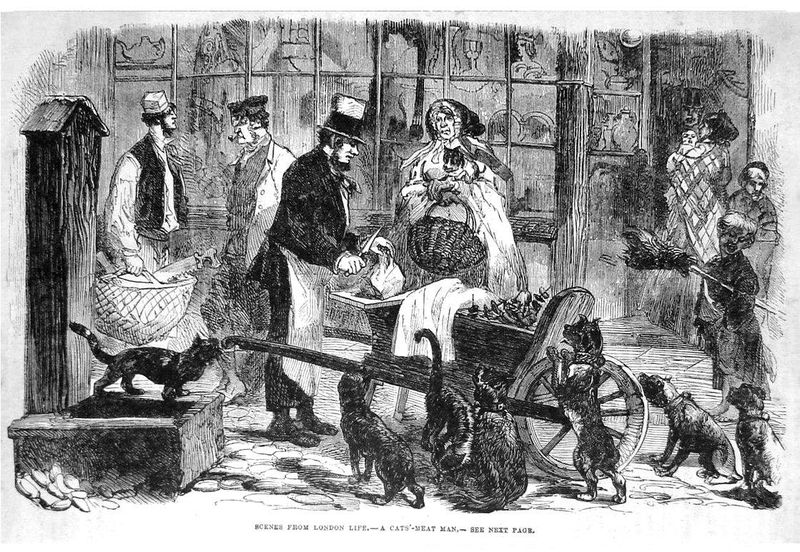
The Victorian era was a turning point for cats as pets. Families embraced them as indoor companions, reflecting a shift in societal attitudes. Cats were dressed, painted, and even featured in photographs, marking the beginning of modern pet ownership as we know it.
8. Cats In War
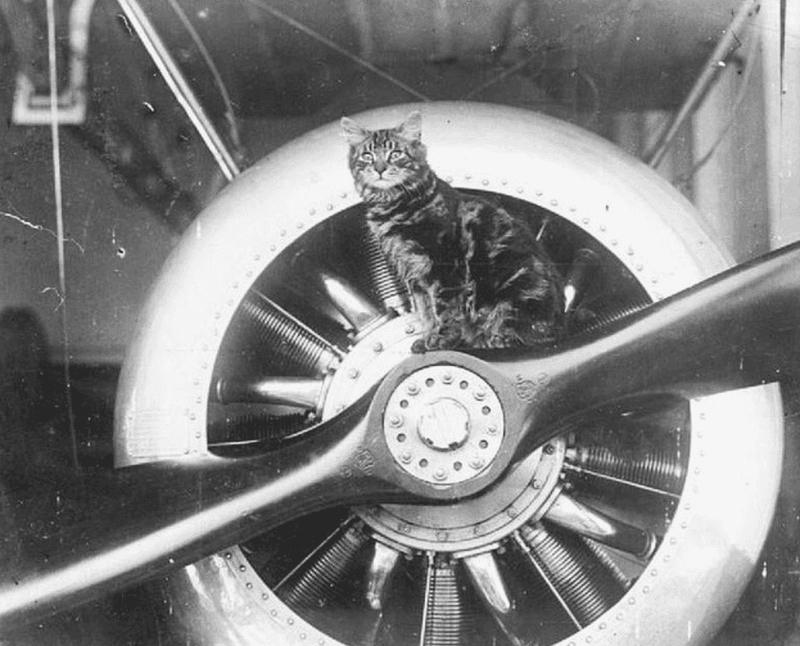
In the chaos of war, cats provided comfort and companionship to soldiers. During World War I and II, they acted as mascots and morale boosters, hunting rats in trenches and ships. Their presence helped to ease the harsh realities of war for many servicemen.
9. The Rise Of The Internet Cat
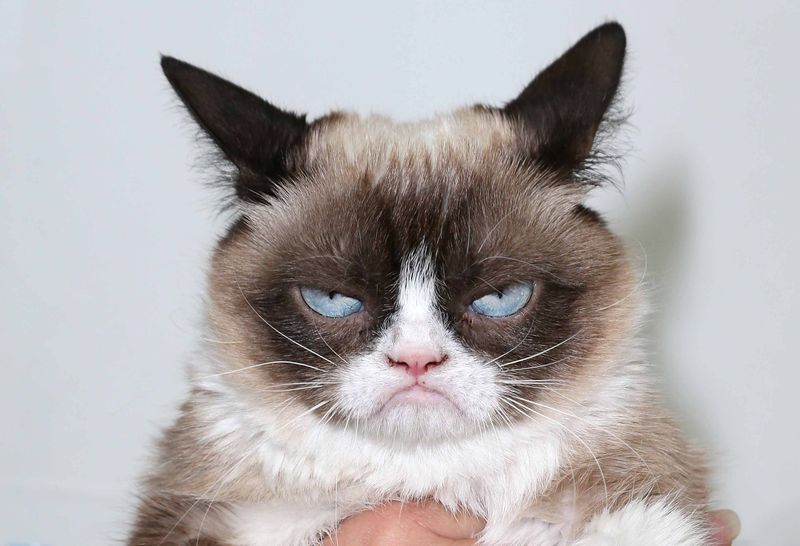
From Grumpy Cat to Keyboard Cat, the internet has become a playground for feline fame. Cats’ quirky antics captivated audiences worldwide, leading to a cultural phenomenon. Their viral appeal redefined how we share and enjoy pet moments, making them stars of the digital age.
10. Cats In Modern Therapy
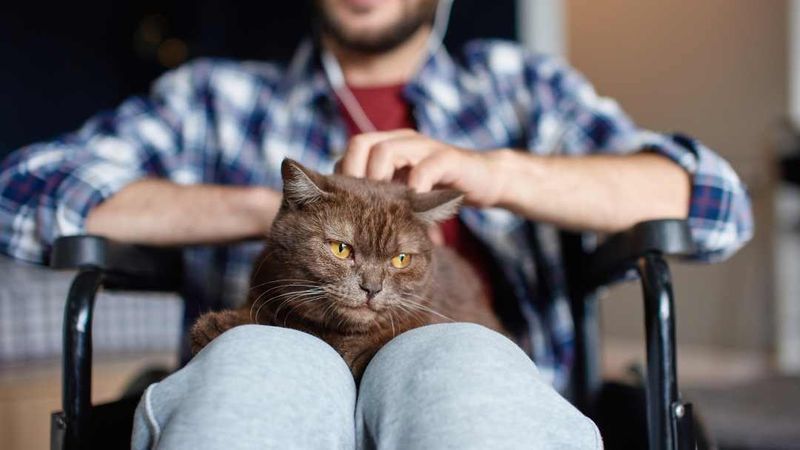
Cats have found a new role in modern therapy, assisting individuals with emotional and psychological challenges.
Their soothing presence and gentle purrs offer comfort and healing, proving that their companionship goes beyond the ordinary. This therapeutic bond showcases the depth of human-cat relationships.
11. The Genetic Journey

Cats’ genetic journey is a tapestry of evolution and adaptation. Scientists study their DNA to understand how felines transformed from wild hunters to domesticated pets. These studies reveal intriguing insights into their behavior, providing clues to their mysterious allure.
12. The Language Of Purrs
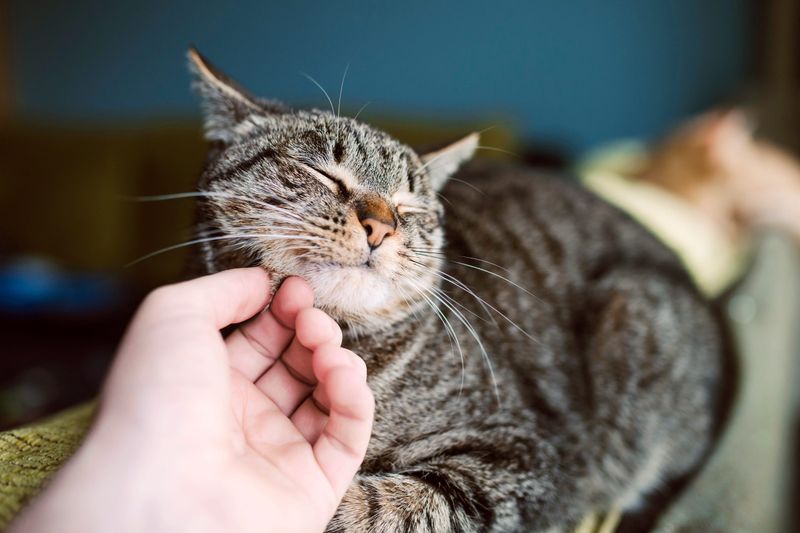
Ever wondered why cats purr? It’s more than mere contentment. Cats purr to communicate a variety of emotions, from relaxation to self-healing. This unique language helps deepen the connection between cats and their human companions, adding another layer to their multifaceted personalities.
13. The Art Of Hunting
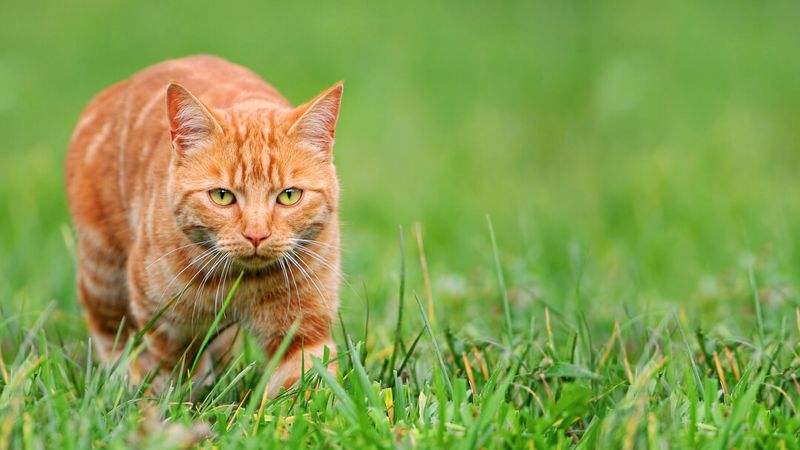
Though domestic, cats retain their wild hunting instincts. Their agility and stealth make them formidable hunters. This natural ability keeps them active and engaged, offering entertainment for themselves and amusement for us. Watching a cat in action is like witnessing a dance of grace and precision.
14. Home Sweet Territory
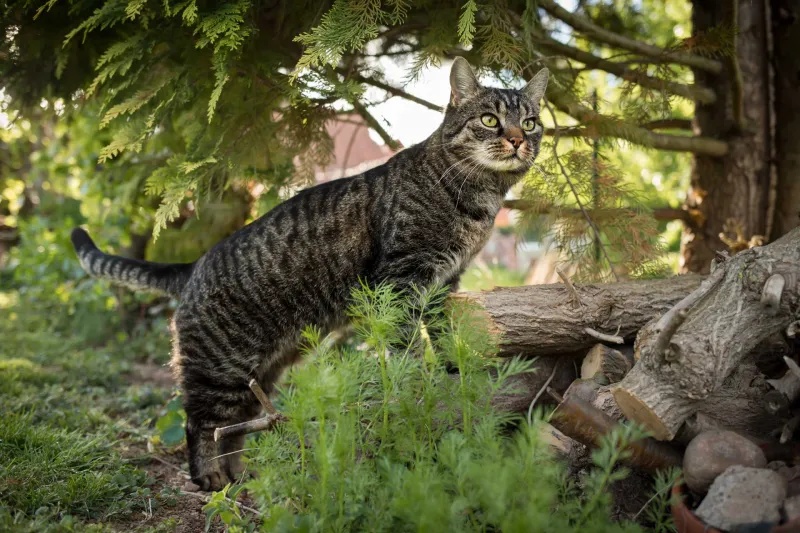
Cats are territorial creatures, and even in our homes, they claim spaces as their own. They thrive in environments where they can explore and mark their territory. This behavior is a nod to their wild ancestry, making them independent yet affectionate companions in our lives.
15. The Future Of Cats
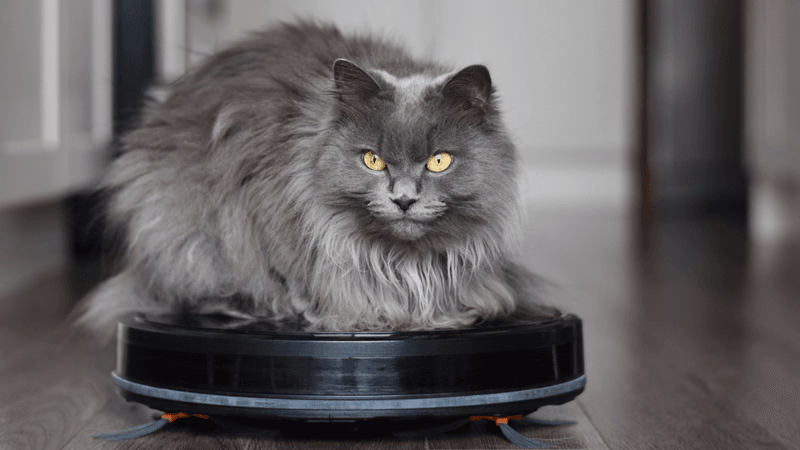
As technology and society evolve, so will our bond with cats. Future innovations in pet care and communication may enhance our relationships with these fascinating creatures, ensuring that their place in our hearts continues to grow. Who knows what the future holds for our feline friends?

